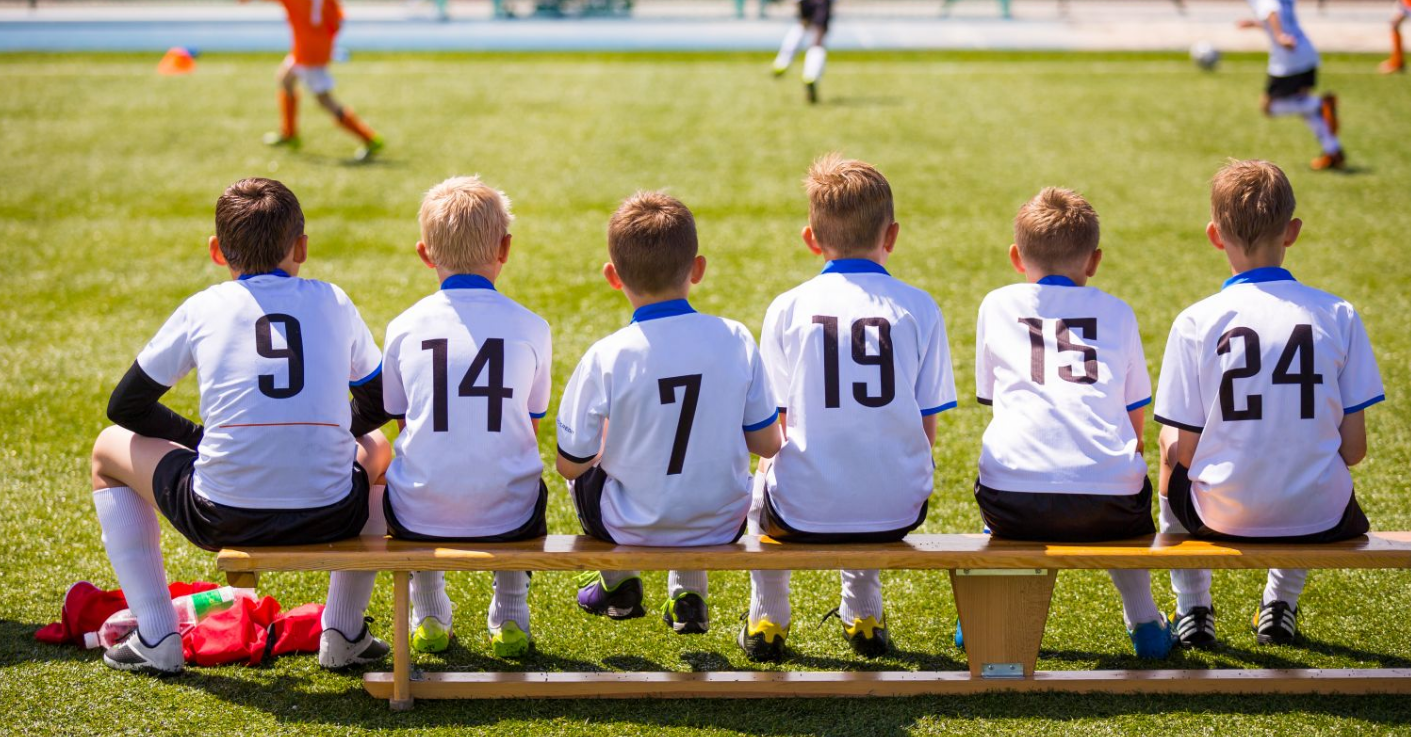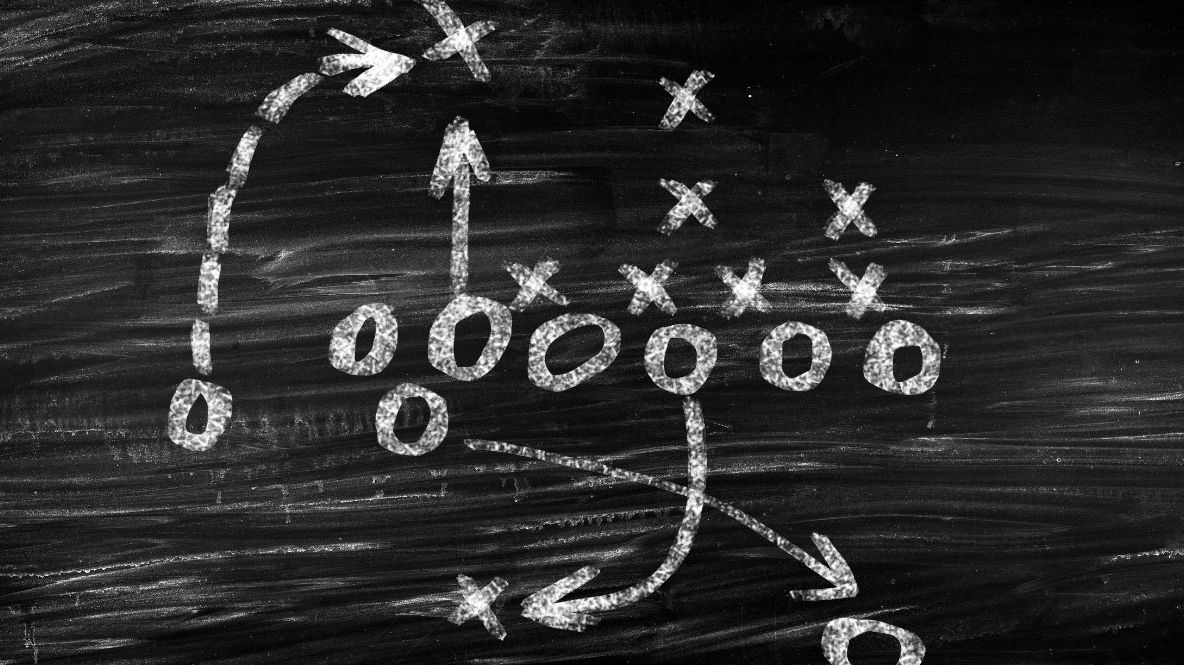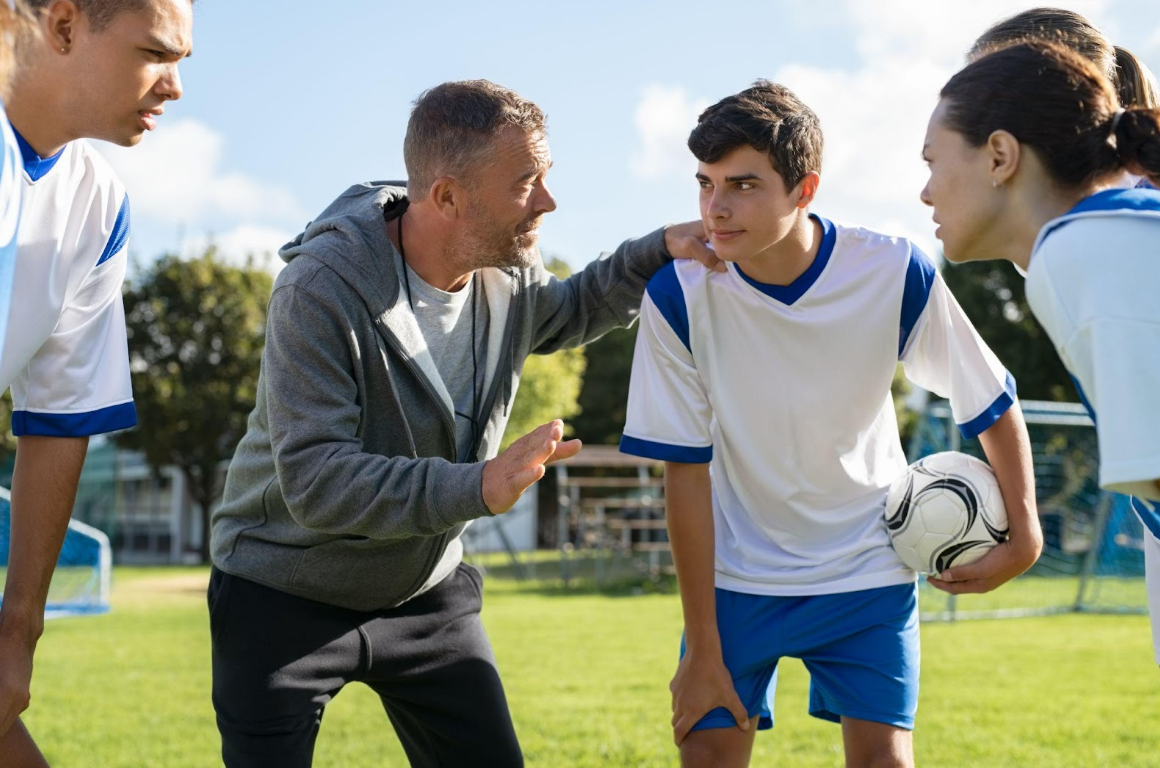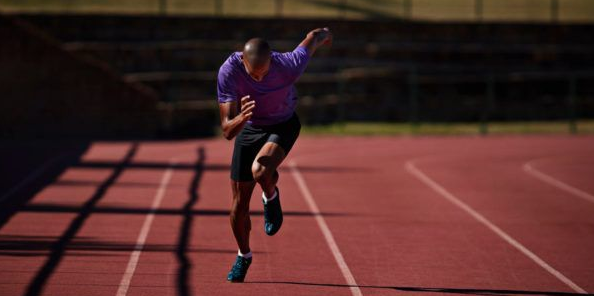samwyche.com – Sports techniques and strategies play a pivotal role in the realm of athletics, offering a crucial foundation for an athlete’s success and growth. Techniques are the fundamental building blocks that allow athletes to perform at their best by optimizing their movements, honing their skills, and ensuring efficiency in their actions. When executed correctly, these techniques enhance overall performance and contribute to achieving desired outcomes. On the other hand, strategies provide athletes with a competitive edge by enabling them to outmaneuver opponents, capitalize on weaknesses, and adjust their game plan to align with their objectives. Whether in individual or team sports, a profound understanding and application of techniques and strategies can make a significant difference between victory and defeat.
In addition to performance enhancement, correct techniques and strategies also aid in preventing sports injuries. Employing appropriate techniques in accordance with safety standards helps in reducing the risk of injuries during intense sporting activities. Using incorrect techniques or pushing too hard without adhering to proper form can significantly heighten the risk of injury. Hence, a thorough grasp of the right techniques and the intelligent application of strategies are key not only to achieving optimal performance but also to ensuring athlete safety and well-being during sports participation.
Understanding Sports Techniques
Understanding sports techniques is essential for athletes to excel and achieve their best performance in their respective sports. Sports techniques encompass the specific skills, movements, and actions required to effectively participate and compete in a particular sport. Sports Techniques and Strategies, These techniques are honed through practice, training, and guidance from coaches or experienced individuals within the sport.
In every sport, there are unique techniques tailored to optimize performance. For instance, in soccer, dribbling, passing, shooting, and defending are essential techniques. Sports Techniques and Strategies, Each of these requires precision, timing, and coordination to execute effectively. Similarly, in gymnastics, mastering techniques like flips, twists, and balancing is critical. The acquisition and mastery of these techniques are the foundation upon which athletes build their capabilities and improve their overall performance.
Athletes often undergo rigorous training regimens to refine their techniques, aiming for fluidity, speed, accuracy, and power. Sports Techniques and Strategies, Understanding the nuances of these techniques allows athletes to identify areas for improvement, make necessary adjustments, and ultimately enhance their performance levels. Sports Techniques and Strategies, Additionally, combining these techniques strategically during a game or competition is crucial for success, highlighting the interconnectedness of sports techniques and strategies.
Developing Effective Sports Strategies
In the realm of sports, a strategy refers to a well-thought-out plan designed to achieve specific goals within a game or competition. It involves a series of calculated moves, actions, Sports Techniques and Strategies, and decisions aimed at gaining a competitive advantage over the opponent.
B. Tailoring Strategies Based on the Sport and Opponent
- Understanding the Sport:
- Different sports have unique characteristics, rules, and requirements. Tailoring a strategy to align with the dynamics of the particular sport is crucial.
- Analyzing the Opponent:
- Thoroughly assess the strengths and weaknesses of the opposing team or individual to craft a strategy that exploits weaknesses and mitigates their strengths.
C. Analyzing Opponent Strengths and Weaknesses to Create Effective Strategies
- SWOT Analysis:
- Conduct a comprehensive SWOT (Strengths, Weaknesses, Opportunities, Threats) analysis of the opponent to identify areas for strategic focus.
- Leveraging Weaknesses:
- Identify specific weaknesses in the opponent’s strategy, technique, or fitness and plan tactics to capitalize on these weaknesses.
- Countering Strengths:
- Develop counter-strategies to neutralize or mitigate the opponent’s strong points effectively.
D. Adapting Strategies During the Game
- Real-time Assessment:
- Continuously monitor the game and adapt the strategy based on the evolving dynamics, opponent’s adjustments, and Sports Techniques and Strategies, changing circumstances.
- Quick Decision-making:
- Empower athletes to make quick and informed decisions during the game that align with the overarching strategy.
E. Communication and Team Coordination
- Clear Communication:
- Ensure that the team members understand the strategy thoroughly, including their roles and responsibilities.
- Team Coordination:
- Foster a cohesive team environment where communication is seamless, and team members can coordinate and adjust strategies on the fly.
F. Balancing Offense and Defense
- Strategic Balance:
- Establish a balance between offensive and defensive strategies, considering the game situation, score, and time remaining.
- Adaptive Approach:
- Be prepared to shift focus between offense and defense based on the game’s flow and the opponent’s actions.
G. Risk Management and Flexibility
- Calculated Risks:
- Assess the risk-reward ratio associated with different strategies and opt for the ones that maximize potential gains while minimizing risks.
- Flexible Approach:
- Have contingency plans and alternative strategies ready to adapt to unforeseen circumstances or unexpected opponent actions.
This section delves into the definition of sports strategies, emphasizing the need to customize strategies based on the sport and opponent. Sports Techniques and Strategies, It discusses the importance of analyzing opponent strengths and weaknesses and offers guidance on adapting strategies during a game, effective communication, balancing offense and defense, and managing risks
Key Components of Successful Sports Techniques
A. Physical Components
- Strength:
- The ability of muscles to exert force against resistance, crucial for various sports to generate power and overcome opponents.
- Endurance:
- The capacity to sustain physical effort over an extended period, vital for sports involving prolonged activity.
- Flexibility:
- The range of motion in joints and muscles, essential for fluid movements and injury prevention.
- Speed:
- The ability to move rapidly from one point to another, a critical component in many sports for gaining an advantage over opponents.
- Agility:
- The ability to change direction quickly and maintain control while moving, crucial for evading opponents and executing precise maneuvers.
- Balance and Coordination:
- The ability to maintain equilibrium and coordinate body movements effectively, fundamental for accurate execution of techniques.
B. Mental Components
- Focus and Concentration:
- The capacity to concentrate on the task at hand, blocking out distractions and maintaining focus on executing techniques accurately.
- Determination and Mental Toughness:
- The resilience to persevere through challenges, setbacks, and pressure, crucial for maintaining a strong mindset during competition.
- Visualization:
- The practice of mentally rehearsing and visualizing successful execution of techniques, enhancing muscle memory and performance.
- Strategic Thinking:
- The ability to analyze the game, opponents, and situations, making informed decisions to optimize technique execution and strategy.
C. Technical Components
- Form and Posture:
- The correct positioning and alignment of the body during the execution of techniques, essential for maximizing efficiency and preventing injuries.
- Precision and Timing:
- The accuracy and timeliness in executing techniques, ensuring optimal impact and effectiveness.
- Understanding of Rules and Regulations:
- A thorough knowledge of the rules governing the sport and how to adapt techniques within the parameters of those rules.
- Skill Development:
- Continuous practice and refinement of specific skills and techniques relevant to the sport, honing proficiency and mastery.
This section focuses on the three fundamental components of successful sports techniques: physical, mental, and technical aspects. It elaborates on various key physical attributes, mental skills, and technical proficiencies that athletes need to cultivate to excel in their respective sports.
Conclusion
sports techniques and strategies constitute the very essence of athletic achievement. Mastering the intricacies of physical movements, mental fortitude, and technical finesse empowers athletes to elevate their performance to unparalleled heights. Sports Techniques and Strategies, The strategic utilization of these components, tailored to the sport and the opponent, opens doors to victory and success on the competitive stage. Moreover, as athletes, coaches, and analysts delve deeper into the realms of innovation, incorporating cutting-edge technologies and refining training methodologies, the future of sports techniques and strategies appears promising. The ongoing pursuit of excellence, driven by a passion for the sport and a thirst for knowledge, will undoubtedly shape a new era of sports where extraordinary feats and remarkable achievements will become the norm.
In this journey of athletic development, athletes and coaches play a symbiotic role. Sports Techniques and Strategies, Athletes are the embodiment of perseverance and dedication, constantly refining their techniques and strategies to meet the ever-evolving demands of their chosen sports. On the other hand, coaches provide guidance, mentorship, and a wealth of experience, nurturing the raw potential of athletes into polished prowess. Together, they create a synergy that propels the sports world forward, inspiring generations to not only admire the beauty of sports but also actively participate in its ever-thriving ecosystem. As we reflect on the significance of sports techniques and strategies, we are reminded that this journey is an ongoing, collaborative effort—one that fuels our passion, shapes our character, and celebrates the relentless pursuit of excellence in the world of sports



